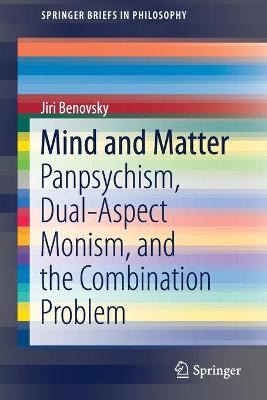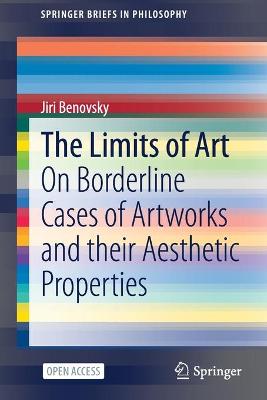SpringerBriefs in Philosophy
2 total works
In this book, the author takes a stand for a variant of panpsychism as being the best solution available to the mind-body problem. More exactly, he defends a view that can be labelled 'dual-aspect-pan-proto-psychism'. Panpsychism claims that mentality is ubiquitous to reality, and in combination with dual-aspect monism it claims that anything, from fundamental particles to rocks, trees, and human animals, has two aspects: a physical aspect and a mental aspect. In short, the view is that the nature of reality is 'phental' (physical-mental). But this does not mean, according to the author, that rocks and photons think or have conscious experiences, in the sense in which human animals have experiences. This is where pan-proto-psychism enters the picture as being a better theoretical option, where the mental aspects of fundamental particles, rocks, and trees are not experiential.
Many hard questions arise here. In this book, Benovsky focuses on the combination problem: in short, how do tiny mental aspects of fundamental particles combine to yield macro-phenomenal conscious experiences, such as your complex experience when you enjoy a great gastronomic meal? What makes the question even harder is that the combination problem is not just one problem, but rather a family of various combination issues and worries. Benovsky offers a general strategy to deal with these combination problems and focuses on one in particular - namely, the worry concerning the existence of subjects of experience. Indeed, if standard panpsychism were true, we would need an explanation of how tiny micro-subjects combine into a macro-subject like a human person. And if panprotopsychism is true, it has to explain how a subject of experience can arise from proto-micro-mental aspects of reality. Benovsky shows that understanding the nature of subjectivity in terms of the growingly familiar notion of mineness in combination with an eliminativist view of the self, allows us to have a coherent picture, where this type of combination problem is avoided, without throwing the baby out with the bathwater.
This open access book is about exploring interesting borderline cases of art. It discusses the cases of gustatory and olfactory artworks (focusing on food), proprioceptive artworks (dance, martial arts, and rock climbing qua proprioceptive experiences), intellectual artworks (philosophical and scientific theories), as well as the vague limits between painting and photography.
The book focuses on the author's research about what counts as art and what does not, as well as on the nature of these limits. Overall, the author defends a very inclusive view, 'extending' the limits of art, and he argues for its virtues. Some of the limits discussed concern our senses (our different perceptual modalities), some concern vagueness and fuzzy boundaries between different types of works of art, some concern the amount of human intention and intervention in the process of creation of an artwork, and some concern the border between art and science. In these various ways, by understanding better such borderline cases, Benovsky suggests that we get a better grip on an understanding of the nature of art.

